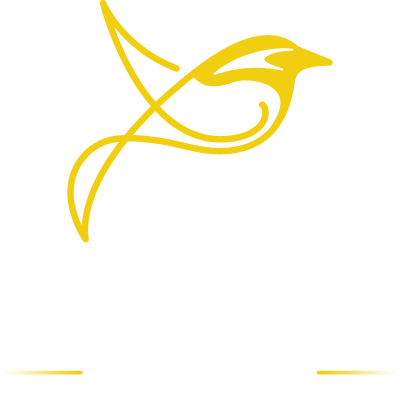Heating water without heating the planet
It’s been two months since Trish and I began heating the water in our homes without gas. We both previously had gas hot water tanks that were particularly inefficient and posed a risk from carbon-monoxide in our homes, as they exhaust through the chimney. Trish was smelling gas in her mechanical room and attributed the odor to her gas hot water heater. With both of us deeply committed to helping others get their homes off of fossil fuels we were both eager to practice what we preach with our water.
Trish opted for a heat pump hot water tank. Heat pump hot water tanks are the slick cleantech of water appliances. They extract heat from the surrounding air (using the same technology as a fridge, AC or a heat pump) and transfer it to the water. Their efficiency is around 400% (one unit of electricity to power the heat pump generates four units of heat) making them the most cost-effective water tank second only to solar hot water. Since heat pump hot water tanks need to be installed in a mechanical room that’s at least 10’ by 10’ or with vents on the door (so that there’s enough warm air for the heat pump) they were a good fit in Trish’s mechanical room.
Cost: $5,500+HST (Trish opted for a more costly model to test it out for other clients)
Rebate: $1,000 (Greener Homes program)
What Trish installed: Stiebel Eltron Heat Pump Hot Water tank
Size: 50 US gallons (181 litres). Since the recovery time can be around 50% slower than a gas hot water tank we recommend sizing up so that there’s more hot water to go around.
Sarah is currently undergoing a basement renovation and chose an electric tank and drain-water heat pump recover system. Given her smaller basement size, Sarah opted for an electric tank which is quieter than a heat pump hot water tank. Modern electric hot water tanks are much better insulated than older versions reducing the amount of electricity used to keep the water hot. To make her system more efficient, she also installed a drain water heat recovery system which is a simple copper pipe that extracts around 60% of the heat as it flows down the stack and out of the house. This heat is transferred to fresh water that goes into the tank reducing the amount of electricity used to heat the water. With an electric tank, we also recommend a timer that only allows the hot water to reheat overnight (when the cost of electricity is lowest). This was not necessary for Sarah since her home also has solar panels (offsetting the cost of electricity).
Cost: $3,600+HST (the drain-water heat recovery system cost $1,000)
Rebate: none
What Sarah installed: PowerPipe (drain water heat recovery system) + AO Smith Electric Hot Water tank
Size: 40 US gallons (151 litres). Her family got used to a tiny 20 gallon tank while her basement was being underpinned so going back to a 40 gallon tank felt luxurious. The drain-water heat recovery system makes the hot water last a little longer too.
Currently, these two systems represent the two best alternatives to gas for hot water heating. We’ve got our eye on the heat pump hot water heater that has an external unit, but for now, the heat pump hot water heater (that is one unit that goes in the basement) or an electric tank with an off-peak timer (and ideally a drain-water heat recovery system) are what we are helping homeowners install in their homes.
PS While solar thermal is really amazing, it ends up being quite expensive and we usually recommend that folks use their precious roof space for solar panels.


